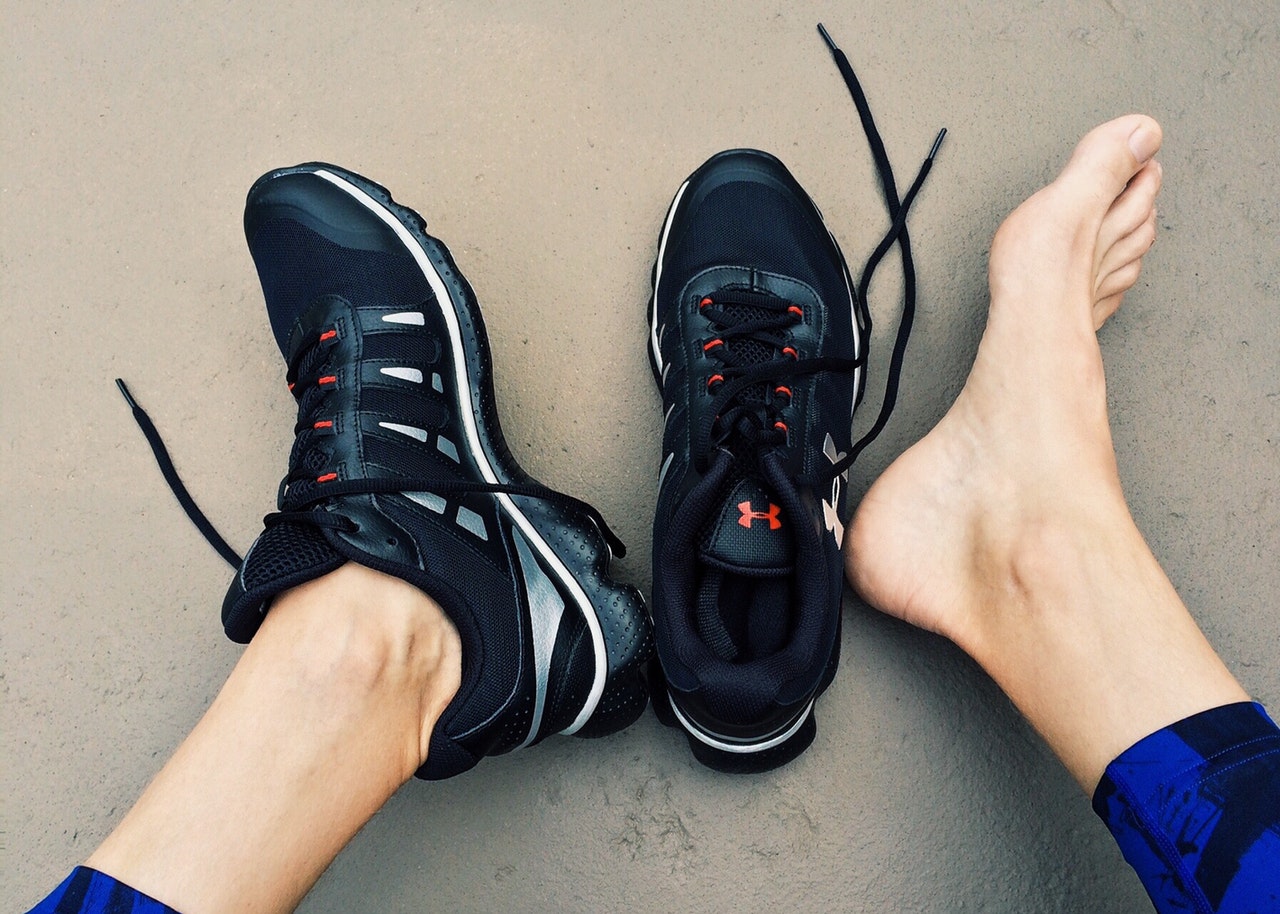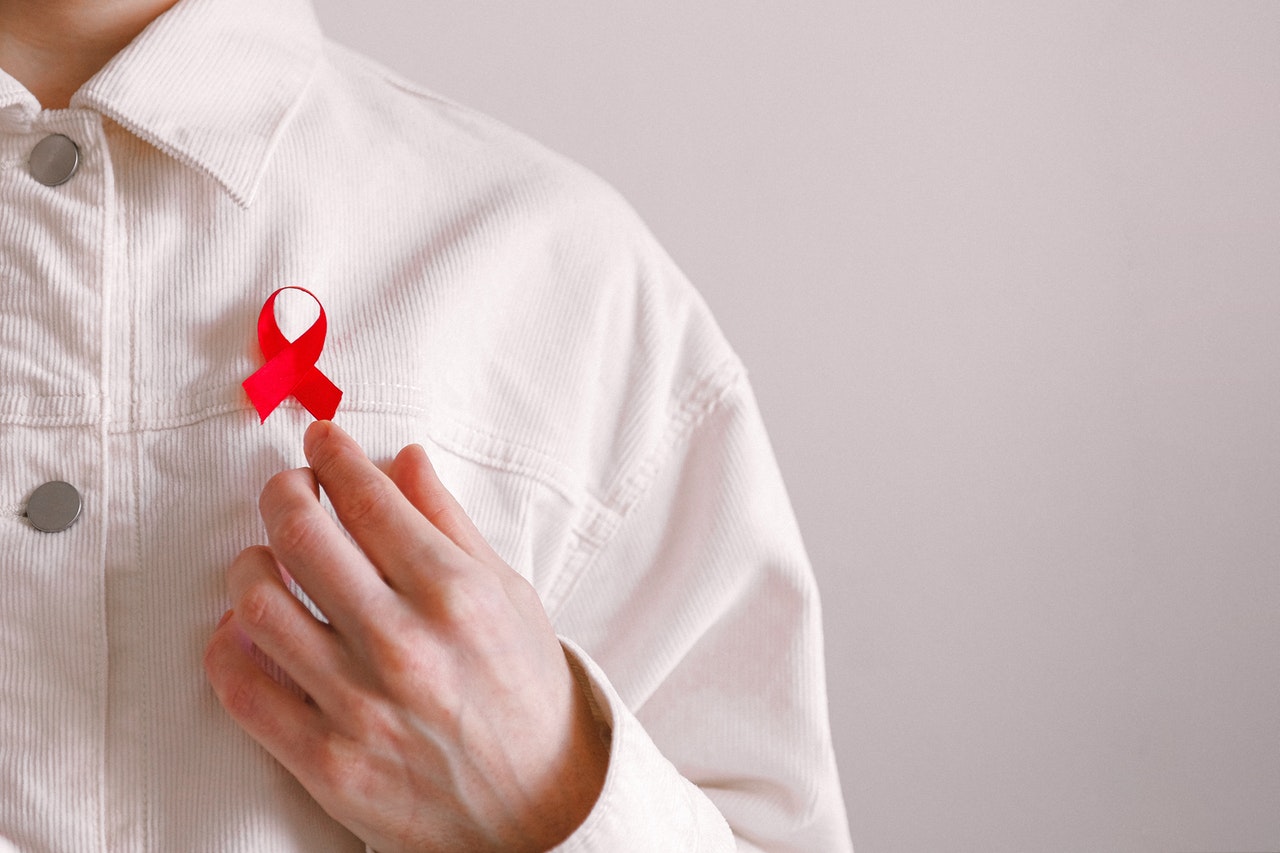A bunion is a bony bump that forms on the joint at the base of your big toe. It forms when your big toe pushes against your next toe, forcing the joint of your big toe to get bigger and stick out.
Causes
There are many theories about how bunions develop, but the exact cause is unknown.
Factors likely include:
- Inherited foot type
- Foot injuries
- Deformities present at birth (congenital)
Risk factors
- These factors might increase your risk of bunions:
- High heels.
- Ill-fitting shoes.
- Rheumatoid arthritis.
- Heredity.
Complications
Although they don’t always cause problems, bunions are permanent unless surgically corrected. Possible complications include:
- Bursitis. This painful condition occurs when the small fluid-filled pads (bursae) that cushion bones, tendons and muscles near your joints become inflamed.
- Hammertoe. An abnormal bend that occurs in the middle joint of a toe, usually the toe next to your big toe, can cause pain and pressure.
- Metatarsalgia. This condition causes pain and inflammation in the ball of your foot.
Conservative treatment
Nonsurgical treatments that may relieve the pain and pressure of a bunion include:
- Changing shoes. Wear roomy, comfortable shoes that provide plenty of space for your toes.
- Padding and taping or splinting. Use over-the-counter, non-medicated bunion pads. Also, your doctor can help you tape your foot in a normal position. This can reduce stress on the bunion and alleviate your pain.
- Shoe inserts. Padded shoe inserts can help distribute pressure evenly when you move your feet, reducing your symptoms and preventing your bunion from getting worse. Over-the-counter arch supports can provide relief for some people; others require prescription orthotic devices.
Surgical options
If conservative treatment doesn’t provide relief from your symptoms, you might need surgery.


